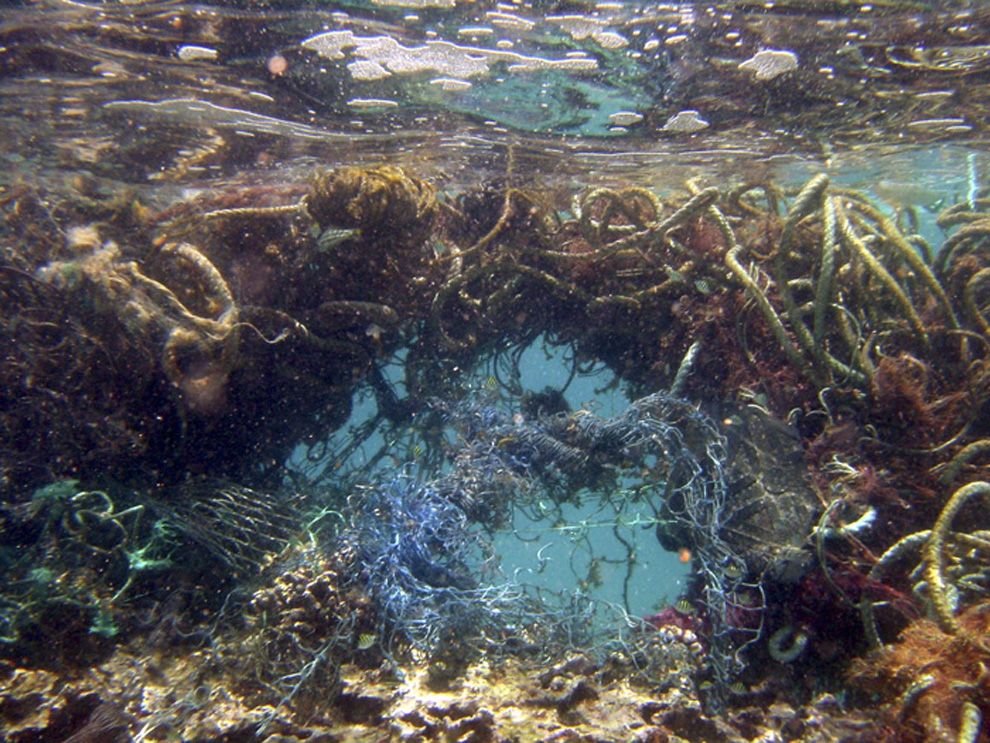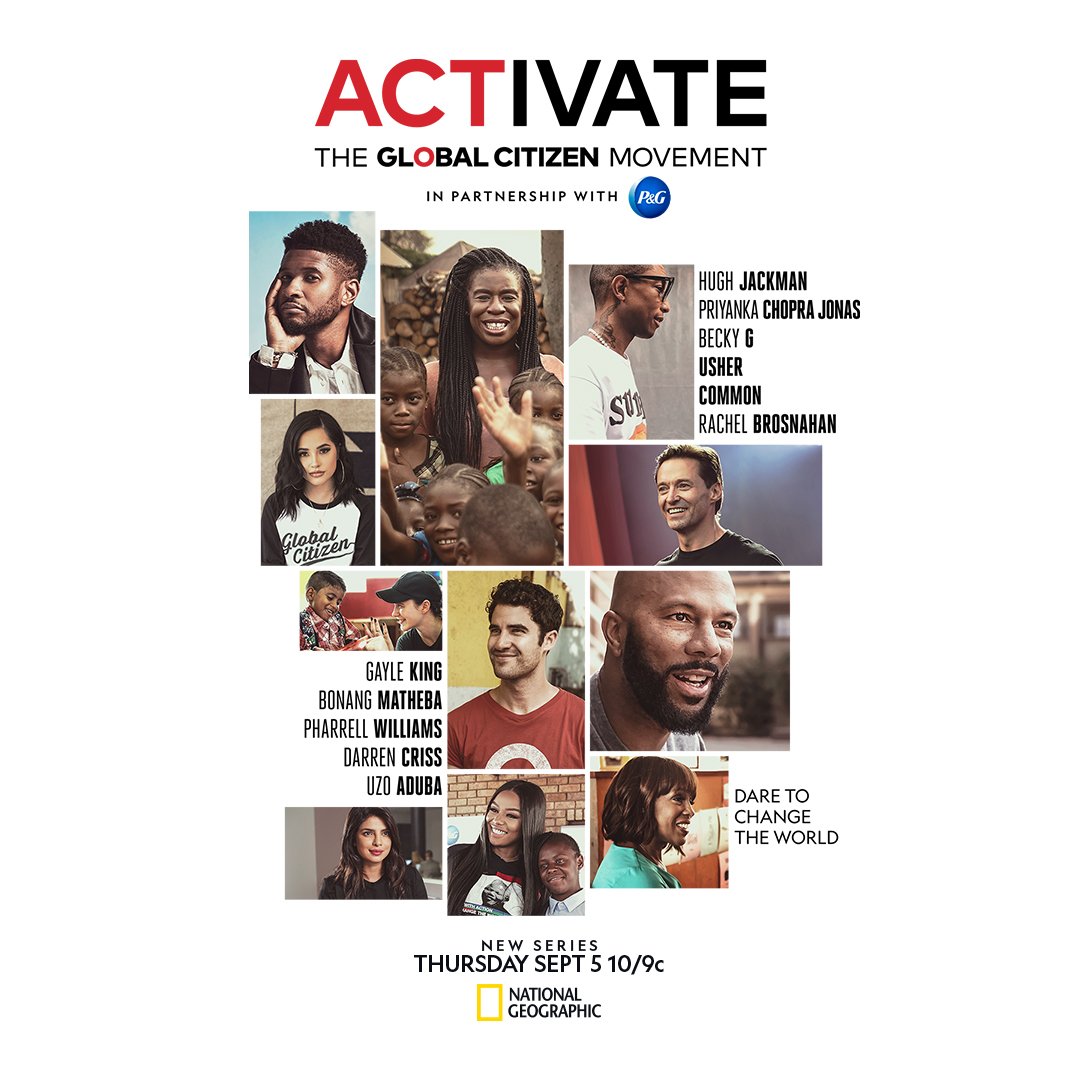The issue is perhaps most clear if you’ve attended or seen images of a beach clean-up — hundreds of volunteers scouring a shore line for plastic debris and dumping the litter they find in a mound to be sifted through for proper disposal or reuse.
These efforts can rejuvenate local environments, empower people to become more active in grassroots movements, and make beaches more inviting places. But they only deal with the most visible symptom — litter in human habitats — of a much deeper problem that’s causing real harm to ecosystems, animals, plant life, and humans.
Everyday people are attending beach clean-ups because of a global epidemic of plastic pollution, fueled by ever-rising plastic production and dysfunctional waste management systems that let millions of tons of plastic flow into land and water environments each year.
“It makes me sad that we have to do beach clean-ups on behalf of the petrochemical industry,” Dune Ives, the executive director of ocean plastic-fighting organization Lonely Whale, told Global Citizen. “We really have to start to hold industry accountable for their bad behavior.”
Preventing the crisis from getting worse, and limiting the harm caused by existing pollution, will require major structural changes from governments and companies, as well as support from people worldwide.
The Scale of the Problem

Plastic has revolutionized the consumer economy over the past several decades, going from a novelty item to a ubiquitous material. It encases foods and beverages, makes up tools and toys, and has become an integral material in the construction of clothes and buildings.
Plastic is nearly inescapable in modern life. Since the 1950s, plastic production has increased exponentially, going from 2 million metric tons per year in 1950 to 350 million tons per year in 2015. More than 8.3 billion metric tons of plastic have been made since the material was first introduced.
That’s equivalent in weight to 1 billion elephants.
The vast majority of plastic ever made is of the single- or few-use variety and gets thrown out eventually. Of the more than 6.3 billion metric tons of plastic that have been discarded, 12% has been incinerated and 9% has been recycled. That means that 79% of plastic waste sits in landfills or contaminates land and marine ecosystems, where it will decompose over several hundred years, leaching chemicals into the environment and causing myriad problems.
The oceans, in particular, are being heavily degraded by plastic waste.
How Plastic Waste Gets Into the Oceans

The Great Pacific Garbage Patch. Scenes of whales coughing up blood, their stomachs stuffed with plastic bags. A seal with a frisbee constricting its neck. A turtle with a straw jammed up its nose.
The world’s oceans have become filled with hazardous plastic waste, and scenes of marine life adversely affected by this garbage have become a daily occurrence. For every animal that makes headlines, there are thousands that die invisibly, strangled by plastic. By 2050, plastic waste in the oceans will weigh more than all the fish. Already, there are an estimated 5.25 trillion pieces of microplastic contaminating the waters.
Between 8 and 12 million tons of plastic enter the ocean annually.
“That’s like one garbage truck load every 60 seconds,” said Cassia Patel, project manager at Oceanic Global, a nonprofit that helps organizations and people go plastic-free.
But how does all of this plastic waste end up in the oceans?
Plastic enters the oceans in three main ways — direct dumping, indirect dumping, and leakage — that all have one overarching similarity: dysfunctional waste management systems.
Direct plastic pollution happens when a boat or garbage truck dumps plastic straight into the ocean as a way to dispose of it. Fortunately, countries have largely agreed to stop getting rid of plastic in this way, but over the years the practice has led to millions of tons of waste.
Fishing boats, however, regularly dump massive plastic nets and other gear into the ocean.
Plastic also directly enters the ocean when everyday people toss litter into it. A single piece of litter might not do much harm, but if you factor in the countless incidents of littering that happen annually, the problem becomes apparent.
“The cup you throw out your window, even in the middle of the country, can get into the Mississippi River and get into the ocean that way,” Patel said. “We have to understand the connectivity.”
Still, the majority of plastic enters the oceans indirectly.
Plastic waste in cities with poor waste management systems often makes its way into local bodies of water that connect to a river that then deposits the plastic waste into the ocean. In fact, an estimated 90% of the plastic in the world’s oceans comes from just 10 rivers in Asia and Africa.
Plastic that gets thrown into a standard waste stream also has a tendency to eventually make it into the oceans. Since plastic breaks down over hundreds of years, there are ample opportunities for strong winds, heavy rainfall, or landfill overflow to cause pieces of plastic to tumble and float into a body of water, where they will eventually enter the ocean.
Global plastic production has increased far faster than the development of adequate waste management systems. In many developing countries, recycling facilities are few and far between, which leads to high rates of improper plastic disposal.
Even in developing countries, however, recycling facilities are often either incapable of processing the scale of plastic waste or can only recycle a small subset of simple plastics. As a result, countries either send plastic waste that had been sorted for recycling to landfills or ship plastic waste to other countries.
In either case, a good percentage of this shuffled-around plastic waste makes it to the ocean.
The Consequences of Plastic Pollution in the Ocean

Plastic waste causes extensive harm in marine environments.
Animals regularly get suffocated by plastic nets or get entangled in them in ways that restrict their full range of motion. Other forms of plastic waste — from six-pack rings to bottles — also wrap around animals in ways that can lead to death.
Plastic bags and other types of plastic debris are regularly mistaken for food and accidentally consumed. Each piece of plastic ingested significantly raises an animal’s mortality rate. Many large animals such as whales consume so much plastic that their stomachs run out of space to hold food, causing them to starve to death.
Plastic is also often composed of carcinogenic chemicals and becomes a magnet for toxins when in the wild, making it poisonous for animals to consume.
Plastic waste harms animals as small as microscopic amphipods and animals as big as blue whales. It even harms the coral that sustain coral reefs.
Because plastic waste takes hundreds of years to degrade, it breaks down into microplastics that float to the bottom of the ocean and blanket the sea floor. These microplastics are also accidentally swallowed by animals as they swim through the water.
“Those microplastics are the most dangerous plastics,” Patel said. “Most plastic sinks, which is why they have found a plastic bag at the bottom of the Mariana Trench.
“Most often plastic is breaking up into microplastics, which are then consumed and mistaken for food by plankton, which then accumulate up the food chain, eventually affecting humans,” she added.
What Can Be Done?

Dealing with the plastic pollution crisis requires a multi-pronged approach.
First, plastic production has to be significantly reduced. There’s no way to stop the flow of plastics into the oceans if plastic use keeps growing.
Countries have to enact and enforce restrictions on plastic production. So far, more than 60 countries have imposed some type of limit on plastic.
At the same, plastic producers and the companies that use plastic have to invest in sustainable alternatives. Major consumer goods companies have already shown progress on this front, investing in glass, aluminum, and paper alternatives, and encouraging consumers to participate in circular consumption models in which packaging is returned to the company and reused.
The next step involves building better waste management systems that can handle the scale of garbage around the world. Countries have to invest in facilities that can either sort, clean, and repurpose plastic waste, or convert it into energy. Allowing plastic waste to overflow from landfills or enter rivers can no longer be tolerated.
The United Nations recently adopted a measure, ratified by a vast majority of countries, to prohibit ocean plastic pollution around the world.
This resolution now has to be followed by measurable action and coordination among signatories. Shipping plastic waste to other countries, for example, has to be phased out entirely — no more games of hot potato with waste that lasts for hundreds of years.
Finally, marine clean-up efforts have to be ramped up. Initiatives to clean up the Great Pacific Garbage Patch are underway, and many non-profits regularly scour the ocean for plastic waste.
For example, a group of activists with the nonprofit Ocean Voyages recently removed 80,000 pounds of plastic from the Pacific Ocean.
Various engineers are busy developing technologies to separating microplastics from water and beach environments.
For instance, a group of college students recently developed a vacuum that sifts microplastics from sand.
Finally, everyday citizens can play a part by reducing their plastic footprints and participating in clean-up efforts.
&Beach clean-ups, while incapable of solving the problem, are still good ways to help the planet.
ACTIVATE: THE GLOBAL CITIZEN MOVEMENT is a six-part documentary series from National Geographic and Procter & Gamble, co-produced by Global Citizen and RadicalMedia. ACTIVATE raises awareness around extreme poverty, inequality, and sustainability issues to mobilize global citizens to take action and drive meaningful and lasting change. The series will premiere globally in fall 2019 on National Geographic in 172 countries and 43 languages. You can learn more here.
